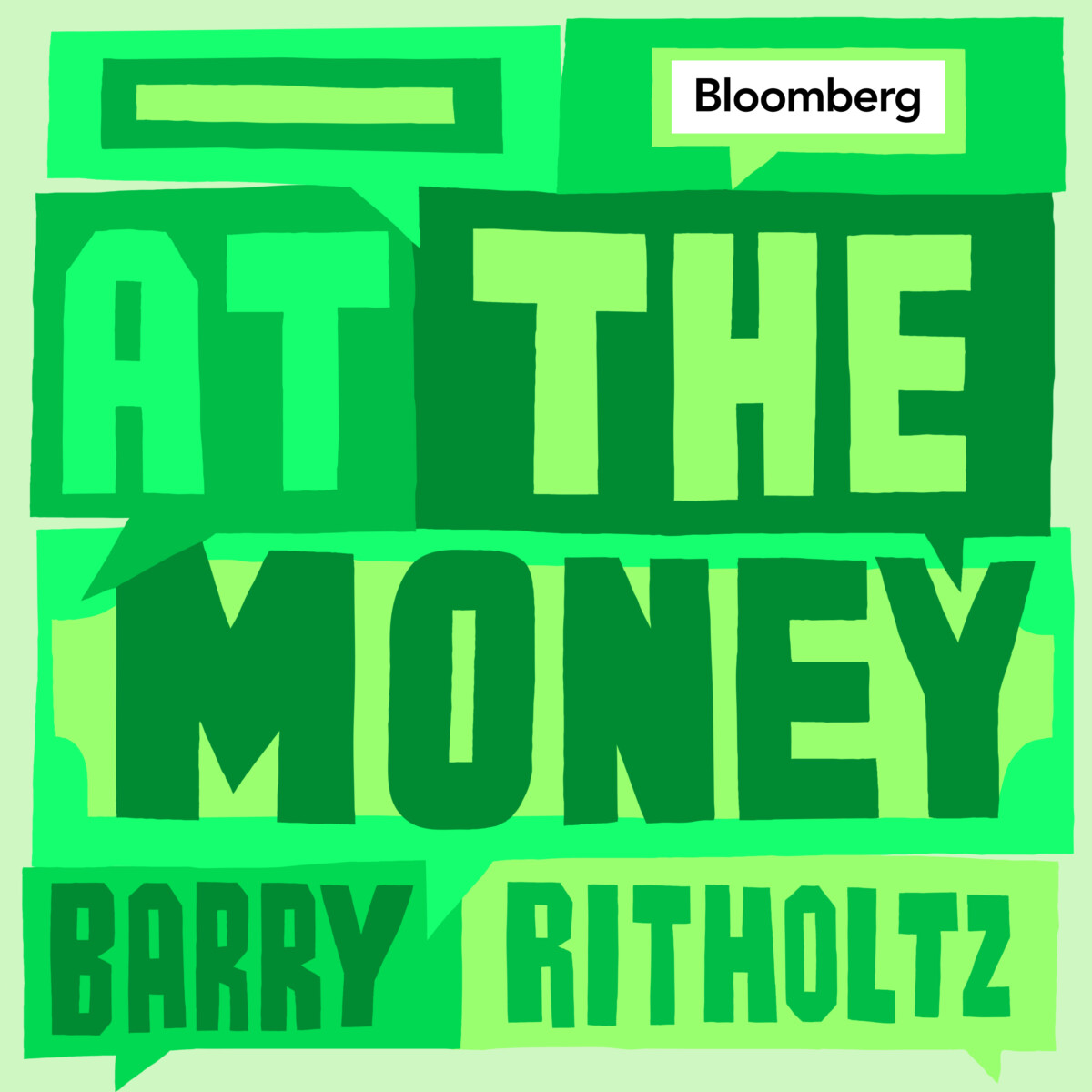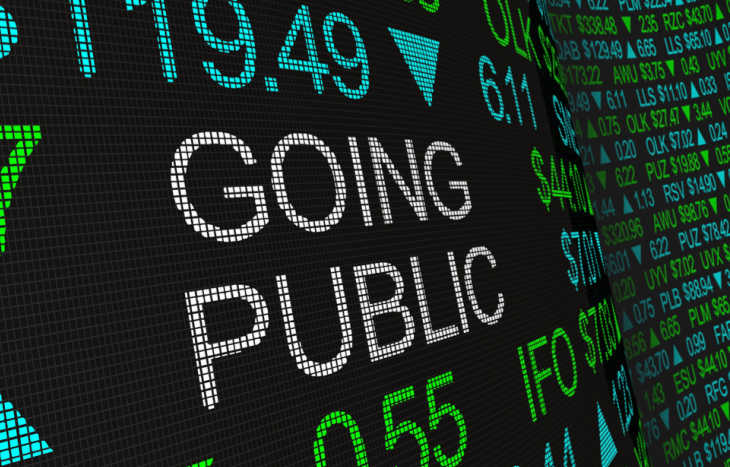Consider, for example, one potential effect of global warming: rising ocean levels. For the past three decades, writes physicist and former Caltech provost Steven E. Koonin in his 2021 book, Unsettled, sea levels have risen by 0.12 inches per year. If sea levels continued to rise at that rate, then, by the year 2100, they would be about ten inches higher than now. That is not a large problem, and we have a lot of time to adjust.
Moreover, even in the Netherlands where, a thousand years ago, the vast majority of people were poor by modern standards, people had the resources to build dikes to keep the ocean out. Since then, technology has no doubt improved and, as noted above, standards of living are a huge multiple of what they were a few centuries ago. That means that it should be even easier and more affordable to build dams in, say, Miami, and other low-lying areas.
Another way to adapt is to change where we grow food. Economist David Friedman recently quoted the EPA’s statement that “Overall, climate change could make it more difficult to grow crops, raise animals, and catch fish in the same ways and same places as we have done in the past.” That, he noted, is not the end of the story because although global warming will make currently cultivated land somewhat less productive, it will make land that is closer to the poles more productive. Friedman also points out that people will adjust crops, change the amount of irrigation, and adjust in several other ways. His whole detailed analysis is worth reading, but if you don’t have time, here’s his summary statement about what’s wrong with the EPA’s approach:
These 3 paragraphs are from my article “Destructive Energy Policies,” Defining Ideas, June 8, 2023.
Later in the piece I get into the details about how destructive energy policies are in the United States and, particularly, where I live: California.
Read the whole thing, which is a little longer than my usual Defining Ideas article.
















